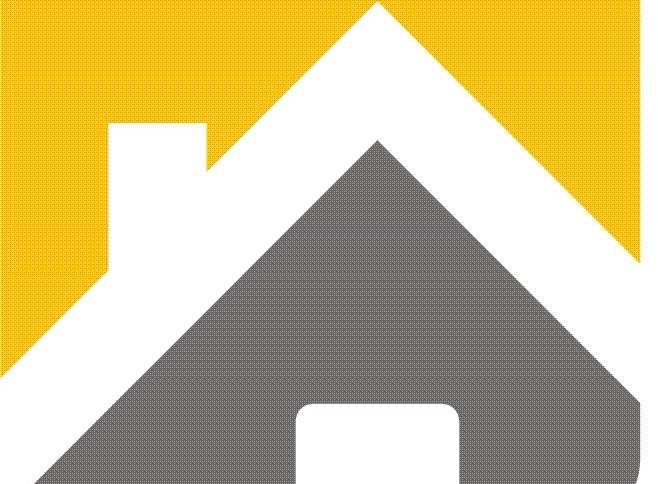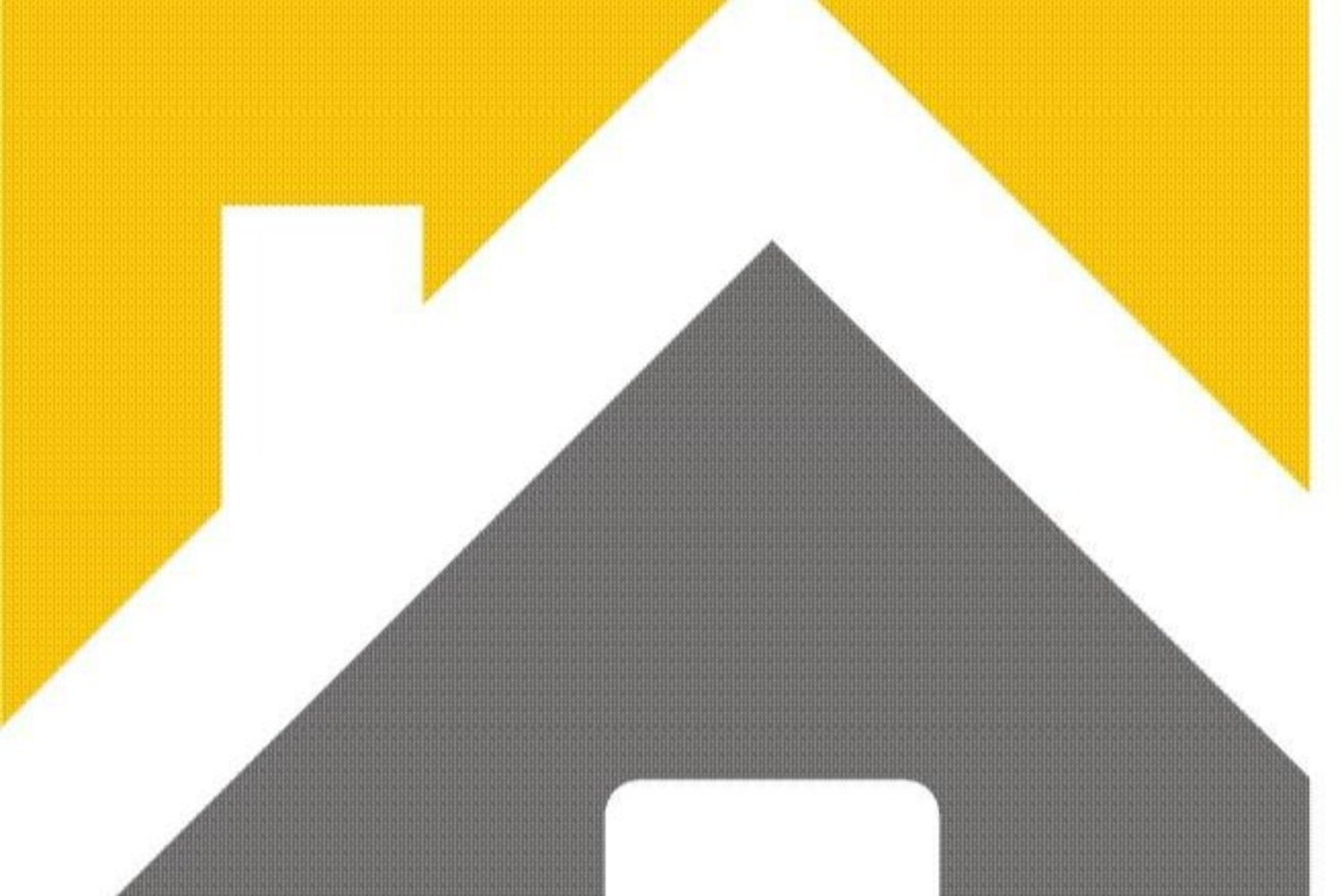7 THINGS EVERY HOMEOWNER NEEDS IN A SMART HOME TODAY
Manufacturers of do-it-yourself “smart” devices often claim that having a smart home is as simple connecting a few gadgets like light bulbs and electronic door locks. But as any custom install pro will tell you, smart homes aren’t that simple.
“If a homeowner picks products and doesn’t think about how to connect everything, they’re going to end up with a kind of IoT [Internet of Things] we call ‘Islands of Things’—in other words, a collection of smart products that each have their own app but don’t necessarily work together. “A Ring-brand doorbell, for example, won’t turn their WeMo lights on and off.”
You can’t “leave it to the homeowner to figure out” that a true smart home requires devices that interact within a thoughtfully engineered automation system. It’s going to cost more up front, but the long-term return on the investment—including reliability, functionality, serviceability, expandability, and client support—will be much greater than any DIY system can provide.
To help you educate your clients, here are seven features every homeowner needs in a smart home today—and why they need them.
1: A Platform
The first thing a homeowner needs to do is pick a platform upon which a whole-home automation system can be built, eliminating the possibility of getting lost at sea amid the Islands of Things. A smart home “platform” is much like a smartphone and its operating system: it’s the basic hardware and OS that makes it possible for everything else to function seamlessly. In order for the platform to work reliably and effectively, though, the home must include a robust network infrastructure with wall-to-wall coverage—and possibly Wi-Fi connectivity in select outdoor areas. Even the best hardware and software is useless if the components can’t communicate reliably.
2: Security
One of the most popular smart home features is home security. There are four parts to the security of a smart home, Lautner explains. The first—site access—includes the ability to monitor and control access to the home through entry points such as exterior doors and garage doors. The second—perimeter access—involves automation and control of access to property gates and driveways. The third—video surveillance—offers immediate (or recorded for later reference) views of activities occurring outside and inside the home. The fourth—individual sensors—is a collection of traditional alarm triggering devices, such as motion and contact sensors.
An all-important additional element is smart interconnectivity. Ensuring all these systems are interconnected delivers greater peace of mind,. It should be easy to view the status of your home. Is it secure? What is open or closed? Are there any alerts? This information, along with passcodes that have been used for entry, should be logged and stored so you can see what happened after the event. Did the service person come to fix the heater in the basement? Why did the second-floor motion sensor go off?” Whether the security system is professionally monitored is a personal choice. “Monitoring is important but not to everyone,” he says. “If you’re building or selling a home, try to avoid locking the owner into a required monthly fee.”
3: Energy
Balancing comfort and energy efficiency is a highly compelling smart home feature. However, thermostats that promise to “learn” your behavior often underwhelm and frustrate homeowners. What they need, solutions that give easy control and scheduling to keep their home in the mode they want, when they want.”
Many homeowners don’t know that energy management can include much more than a smart thermostat. “A benefit of integrated ceiling fans is that the system can start a fan prior to turning on the air conditioner or heater. The fan will cool a room by about 3 degrees prior to cooling, and can push warm air down prior to heating. Shades and other automated window treatments can help heat or cool a home, reducing energy costs. Many automation platforms can manage a home’s solar system as well. As a safety issue, systems including integrated smoke detectors can be programmed to automatically turn off the HVAC system’s blower and stop the ceiling fans in order to keep smoke—and possibly fire—from spreading.
4: Lighting
Lighting control is an essential feature in any smart home, but it goes beyond turning bulbs and fixtures on and off. “Lighting includes shades so you can control natural and artificial light together … and enhance ambiance for entertaining or watching movies. Controlling two dramatically different things—natural sunlight and artificial electric light—as one seamless entity is the epitome of what a smart home should be. Light and shade control can also provide an element of security by ensuring you’ll always come home to a well-lit house, have lights turn on automatically when doors are opened at night, and operate on a random or set schedule to make a home look occupied when the owners are away.
5: Audio
Whole-house audio is a feature that’s difficult for DIY systems to handle well—if at all. Music throughout the home is an area where integrators excel, but we advise that you make sure the home’s audio system speakers also integrate with intercom and security alerts so homeowners may enjoy the full benefit of audio distribution in a smart home.
6: TV
“One remote, one button-press TV control” is another specialty for custom integrators, but there are additional benefits to routing video within a smart home on a single, powerful platform. Giving customers the ability to use their TV to monitor their surveillance cameras—whether pointed at a doorbell, a driveway gate, or in the baby’s nursery room—is a tremendous comfort and convenience.
7: Outdoor
An entire blog post could be dedicated to what you can do outside the walls of a smart house, but let’s keeps it simple for now. “Smart outdoors includes extending the control of low-voltage lighting, music, and outdoor surveillance, as well as incorporating automation of the pool and irrigation systems.” Whether or not the homeowner intends to expand the smart home elements outside the house, it’s a good idea to plan for an outdoor network access point.
As these seven essential items of a smart home suggest, a true smart home is more than a compilation of connected devices. It encompasses many of the features described herein one simple-to-use package that reflects and serves the homeowners’ lifestyle. Is their home intended to be a weekend refuge or party central? The level of customization and service you provide your customers cannot come pre-packaged in a store. It can only come from the attention you provide your clients with your services and true smart home automation.

